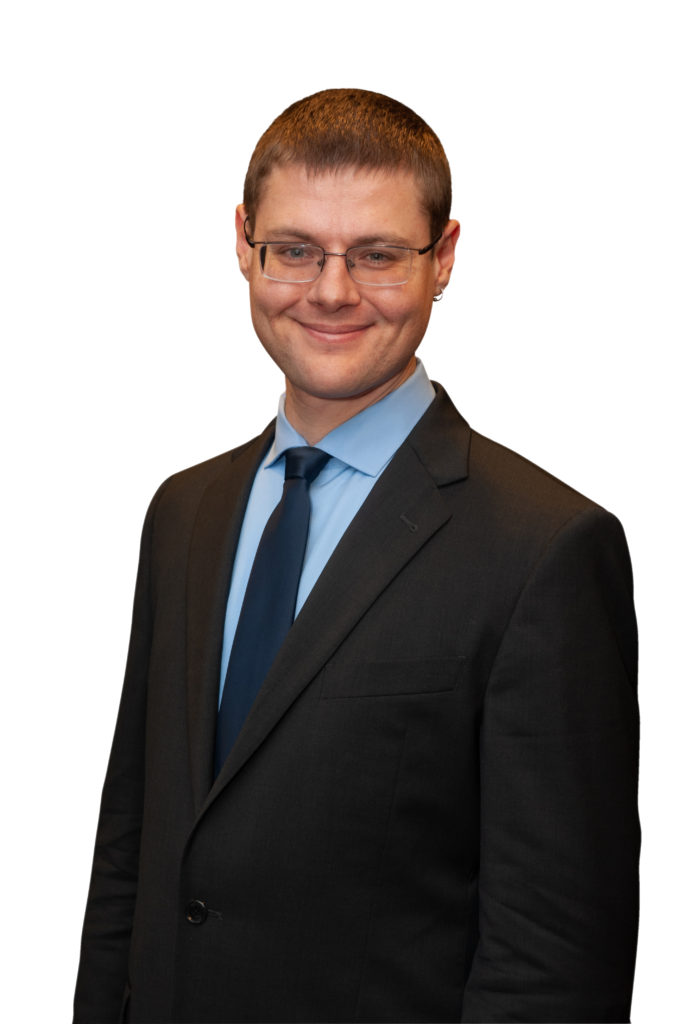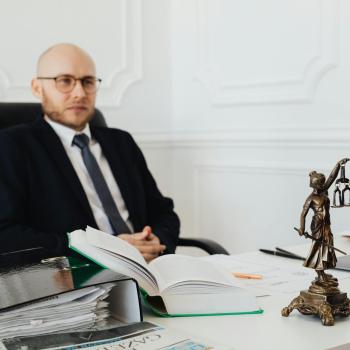
Negotiators, even professional ones, make surprisingly many wrong decisions that doom negotiations that should have succeeded. Many of these mistakes relate to overestimating how well they can read the feelings and thoughts of other parties in the negotiation, as well as the extent to which the other party can read their feelings and thoughts.
For instance, research shows that negotiators who sought to conceal their desires did a better job than they thought they did. In turn, those who tried to convey information to those they negotiated with about their preferences overestimated their abilities to communicate such knowledge. Other scholarship shows that negotiators with less power are more prone to such mistakes than those with more power.
Scholars call this erroneous mental pattern the illusion of transparency, referring to us overestimating the extent to which others understand us and how well we grasp others. This mental blindspot is one of many dangerous judgment errors — what scholars in cognitive neuroscience and behavioral economics call cognitive biases — that we make due to how our brains are wired. We make these mistakes not only in work, but also in other life areas, for example in our shopping decisions.
Fortunately, recent research in these fields shows how you can use pragmatic strategies to address these dangerous judgment errors, whether in your professional life, your relationships, your financial choices, or other life areas.
You need to evaluate where cognitive biases are hurting you and others in your team and organization. Then, you can use structured decision-making methods to make “good enough” daily decisions quickly; more thorough ones for moderately important choices; and an in-depth one for truly major decisions.
Such techniques will also help you implement your decisions well, and formulate truly effective long-term strategic plans. In addition, you can develop mental habits and skills to notice cognitive biases and prevent yourself from slipping into them.
I observed a clear instance of illusion of transparency when an electric company brought me in as a consultant to mediate in failing contract negotiations between the management and the union. Both sides believed the other party to be unwilling to negotiate in good faith, asking too much and giving too little. The union demanded substantial wage hikes, strong job protection, and better retirement benefits, and the management pushed back strongly on each request.
Quickly, I noticed that the illusion of transparency gravely inhibited progress. My private conversations with representatives from both sides showed that all felt they communicated their positions effectively, both the areas where they wanted to stand firm and where they felt willing to compromise. Yet these same conversations showed many areas of agreement and flexibility that neither side recognized.
Why didn’t both sides explicitly outline their positions thoroughly and clearly, so that the other side understood exactly where they stood? Because they were afraid that the other party would take advantage of them if they explicitly stated their true positions, including the minimum they’d be willing to accept.
So both sides tried to convey what was most important to them by arguing more strongly for certain points and less strongly for others. They believed that the other side would “get the hint.” Unfortunately, neither side “got the hint” of the true priorities of the other side.
What I asked each side to do was use the decision-making strategy of weighing their priorities. After deploying this strategy, the union negotiators assigned first priority to increased job protection, second to better retirement benefits, and third to a large wage increase. The management negotiators used the same strategy and assigned first priority to no wage increase, second to decreased retirement benefits, and last to weaker job protection.
By clarifying these priorities, the parties were able to find room for negotiation. The final contract included much strengthened job protection, a moderate boost to retirement, and a small wage hike at just below inflation.
The management appreciated the outcome, since it didn’t have to spend as much money on labor; the union membership liked the peace of mind that came with job protection, even if they didn’t get the wage hike they would have liked.
In any negotiation situation, remember that you’re very likely to be overestimating the extent to which you explained your position to the other party and how well you understand the other party’s perspective. The other party is most likely making the same mistakes regarding you.
An easy way to address these problems is to use the decision-making strategy of weighing your priorities and having the other party do the same. Then, trade off your lowest priorities against their highest ones and vice versa. You can come to a win-win agreement where both parties realized the biggest gains and experience the least losses.
Key Takeaway
We intuitively overestimate how well others read us and how well we read others, a dangerous judgment error called illusion of transparency. This mental blindspot leads to disastrous results in negotiations and communications. Click To Tweet
Qu9estions to Consider (please share your thoughts in the comments section)
- How might the illusion of transparency have tripped up your personal or your organization’s negotiations in the past? Where might it trip them up in the future?
- What value can you and your organization gain, in negotiations and other areas, from solving the illusion of transparency?
- Which next steps might prove most effective for helping yourself and your organization address the illusion of transparency?
Image credit: Pxhere/Rawpixel
—
Bio: Dr. Gleb Tsipursky is on a mission to protect leaders from dangerous judgment errors known as cognitive biases. His expertise and passion is using pragmatic business experience and cutting-edge behavioral economics and cognitive neuroscience to develop the most effective and profitable decision-making strategies. A best-selling author, he wrote Never Go With Your Gut: How Pioneering Leaders Make the Best Decisions and Avoid Business Disasters (2019), The Truth Seeker’s Handbook: A Science-Based Guide (2017), and The Blindspots Between Us: How to Overcome Unconscious Cognitive Bias and Build Better Relationships (2020). Dr. Tsipursky’s cutting-edge thought leadership was featured in over 400 articles and 350 interviews in Fast Company, CBS News, Time, Business Insider, Government Executive, The Chronicle of Philanthropy, Inc. Magazine, and elsewhere.
His expertise comes from over 20 years of consulting, coaching, and speaking and training experience as the CEO of Disaster Avoidance Experts. Its hundreds of clients, mid-size and large companies and nonprofits, span North America, Europe, and Australia, and include Aflac, IBM, Honda, Wells Fargo, and the World Wildlife Fund. His expertise also stems from his research background as a behavioral economist and cognitive neuroscientist with over 15 years in academia, including 7 years as a professor at the Ohio State University. He published dozens of peer-reviewed articles in academic journals such as Behavior and Social Issues and Journal of Social and Political Psychology.
He lives in Columbus, OH, and to avoid disaster in his personal life makes sure to spend ample time with his wife. Contact him at Gleb[at]DisasterAvoidanceExperts[dot]com, follow him on Twitter @gleb_tsipursky, Instagram @dr_gleb_tsipursky, Facebook, YouTube, RSS, and LinkedIn. Most importantly, help yourself avoid disasters and maximize success, and get a free copy of the Assessment on Dangerous Judgment Errors in the Workplace, by signing up for his free Wise Decision Maker Course.
Originally published at Disaster Avoidance Experts on November 15, 2019.














